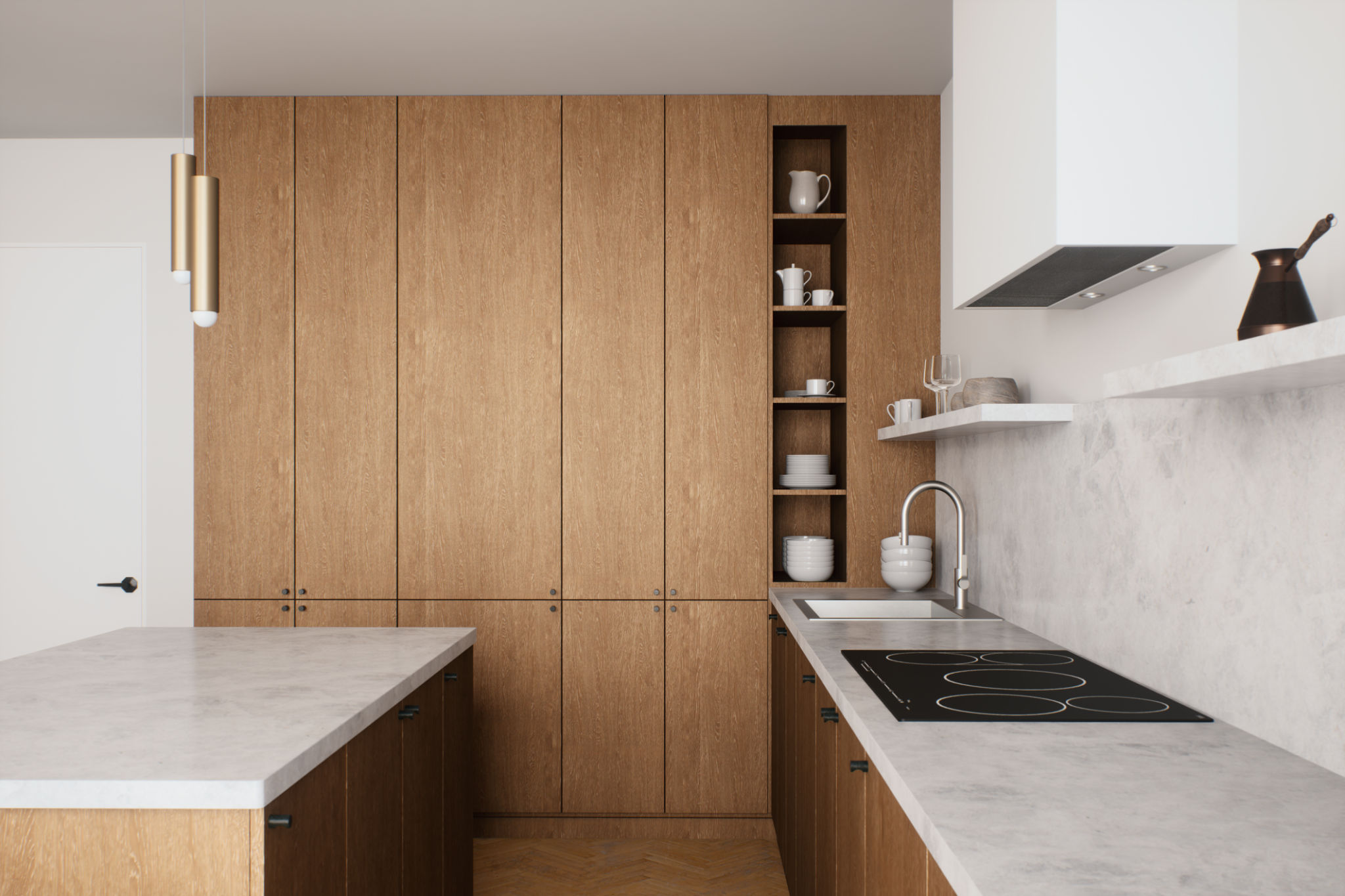Common Mistakes to Avoid When Designing Custom Cabinets
Introduction to Custom Cabinet Design
Designing custom cabinets is a fantastic way to create storage solutions that perfectly fit your space and style. However, the process can be fraught with pitfalls if you're not careful. Understanding the common mistakes people make when designing custom cabinets can help you avoid them and ensure your project is successful.
Neglecting Functionality
One of the most common mistakes in custom cabinet design is focusing too much on aesthetics and forgetting functionality. Remember, cabinets are primarily for storage. It's essential to consider how you will use the space. Think about the items you need to store and design your cabinets to accommodate them efficiently. Plan for easy access and organization to enhance the usability of your cabinets.

Ignoring Proper Measurements
Accurate measurements are crucial in custom cabinet design. A small error can lead to ill-fitting cabinets that disrupt the entire look and function of your space. Always double-check dimensions and consider any architectural quirks of your room, such as uneven walls or floors. It's often worth consulting with a professional to ensure precision.
Overlooking Material Quality
The materials you choose for your custom cabinets significantly impact their durability and appearance. Opting for cheaper materials might save money upfront, but they may not stand the test of time. Consider investing in high-quality materials like solid wood or plywood, which offer better longevity and a more refined finish.

Misjudging Budget Constraints
It's easy to get carried away with elaborate designs and high-end finishes. However, without a realistic budget, your project can quickly spiral out of control. Set a clear budget from the beginning and stick to it. Be mindful of additional costs that may arise during the project, such as hardware or installation fees.
Lack of Cohesion with Existing Decor
Your custom cabinets should harmonize with the rest of your home’s decor. A mismatch can make your space feel disjointed. Consider the style, color palette, and overall theme of your home when designing cabinets. This will ensure they complement rather than clash with the existing elements.

Forgetting About Future Needs
While it's important to design for your current needs, it's equally crucial to think about the future. Consider how your storage requirements might change over time and design your cabinets with flexibility in mind. Adjustable shelving or modular components can offer versatility as your needs evolve.
Conclusion
Designing custom cabinets can be a rewarding endeavor when done correctly. By avoiding these common mistakes, you can create a functional and stylish storage solution that enhances your home. Remember to focus on functionality, take accurate measurements, choose quality materials, adhere to your budget, ensure cohesion with existing decor, and plan for the future.